North/Central America

Malinche Sculpture
A sculpted figure by an internationally-recognized Native American activist, writer and visual artist. The materials chosen by Jimmie Durham create an image of Malinche that seems emptied of life and perhaps not fully human. He stresses the darker underside of Malinche’s history.

The Dream of Malinche
This painting, by a Mexican artist engaged with the international movement of Surrealism, represents a slumbering Malinche; her body serves as the ground supporting an unnamed Mexican community and church.
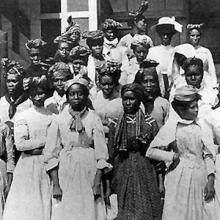
Analyzing Manifest Records
The modules in Methods present case studies that demonstrate how scholars interpret different kinds of historical evidence in world history. In the video below, Wendi Manuel-Scott analyzes manifest records from the SS Atenas. This ship sailed from Kingston, Jamaica, to New York City in 1920.

Manifest Record from the S.S. Atenas
This document is part of a manifest record from the SS Atenas. This ship sailed from Kingston, Jamaica, to New York City in 1920.
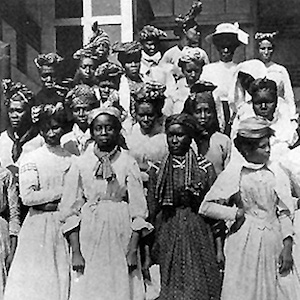
Guadeloupean Household Workers at Ellis Island
This is a photograph of household workers from the Caribbean island of Guadeloupe just after their arrival in New York in 1911.
This source is a part of the Analyzing Manifest Records methods module.
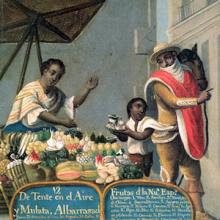
Analyzing Inquisition Documents
The modules in Methods present case studies that demonstrate how scholars interpret different kinds of historical evidence in world history..
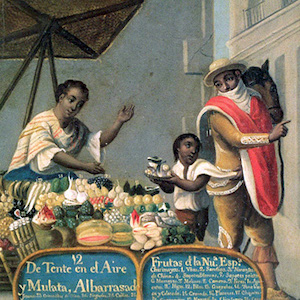
De Tente en el Aire y Mulata, Albarrasado
This is a painting of a mulata woman selling fruit in New Spain (Mexico). Though there were large numbers of Africans and then Creole blacks and mulattoes in New Spain at this time, little information about them exists.
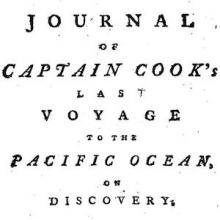
Analyzing Travel Narratives
The modules in Methods present case studies that demonstrate how scholars interpret different kinds of historical evidence in world history. In the video below, historian Tom Ewing analyzes John Ledyard’s journal of his travels along the North American coast in the late 18th century.

Excerpt from Ledyard's Journal
This is an excerpt from John Ledyard’s journal of his travels along the North American coast in the late 18th century. Ledyard, born a British subject, became an American citizen after Independence. He traveled with the British explorer Captain Cook to Alaska, Siberia, and the Pacific Islands.

Children and Daguerreotypes
Daguerreotypes were the first commercially viable photographic process. Developed by French chemist Louis Daguerre in 1839, the technique quickly made its way to the US in the 1840s, the beginning of what some historians characterize as the "golden age" of childhood.